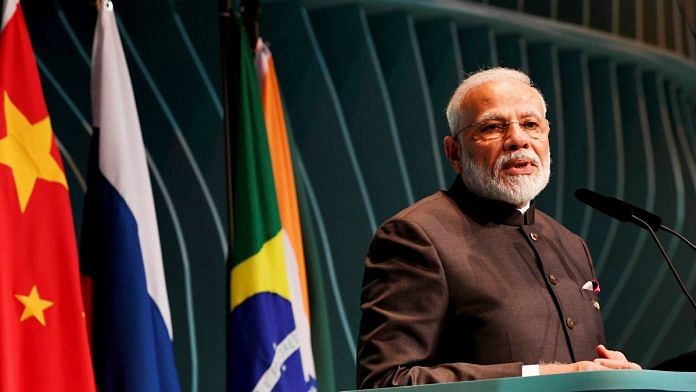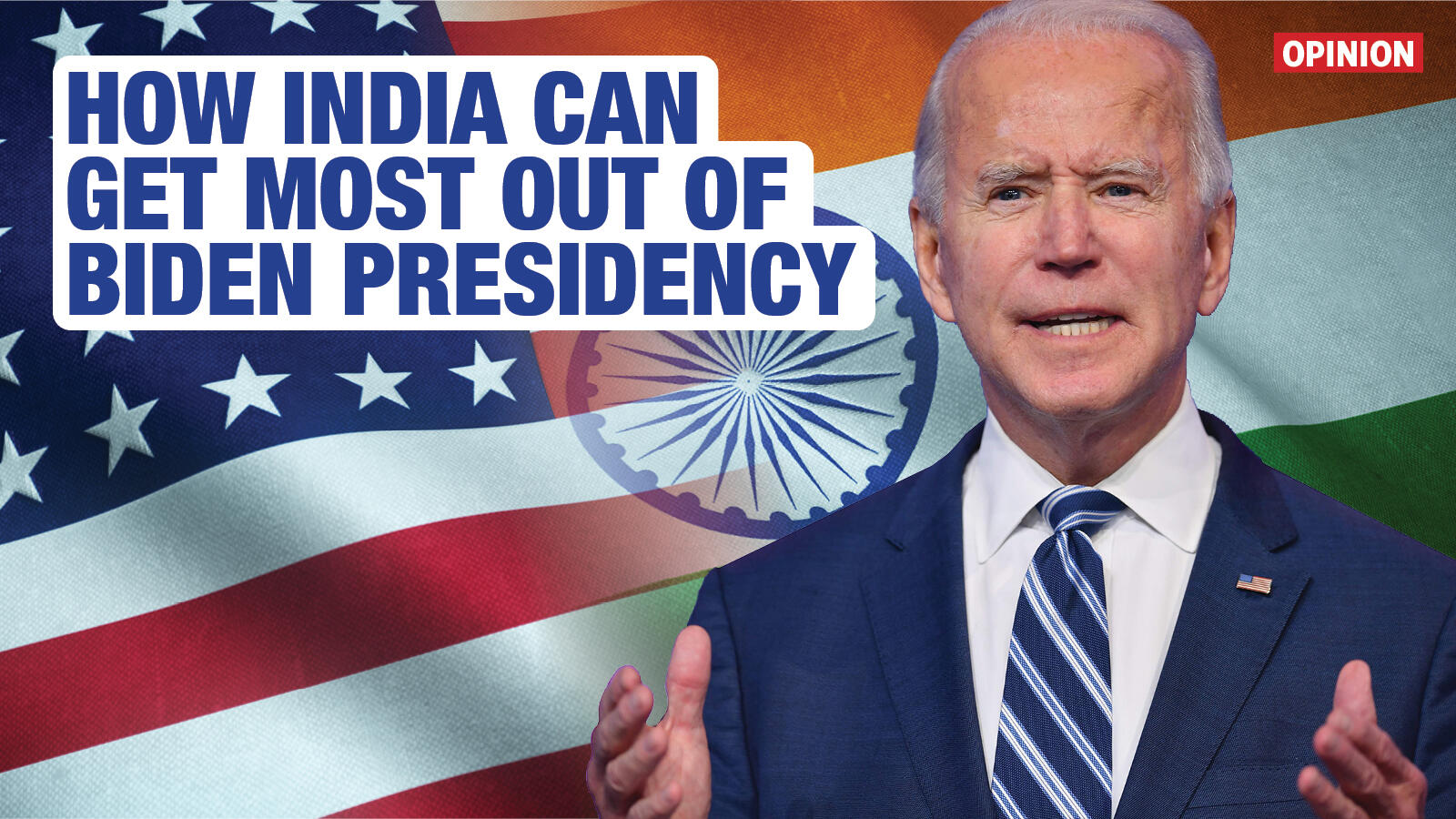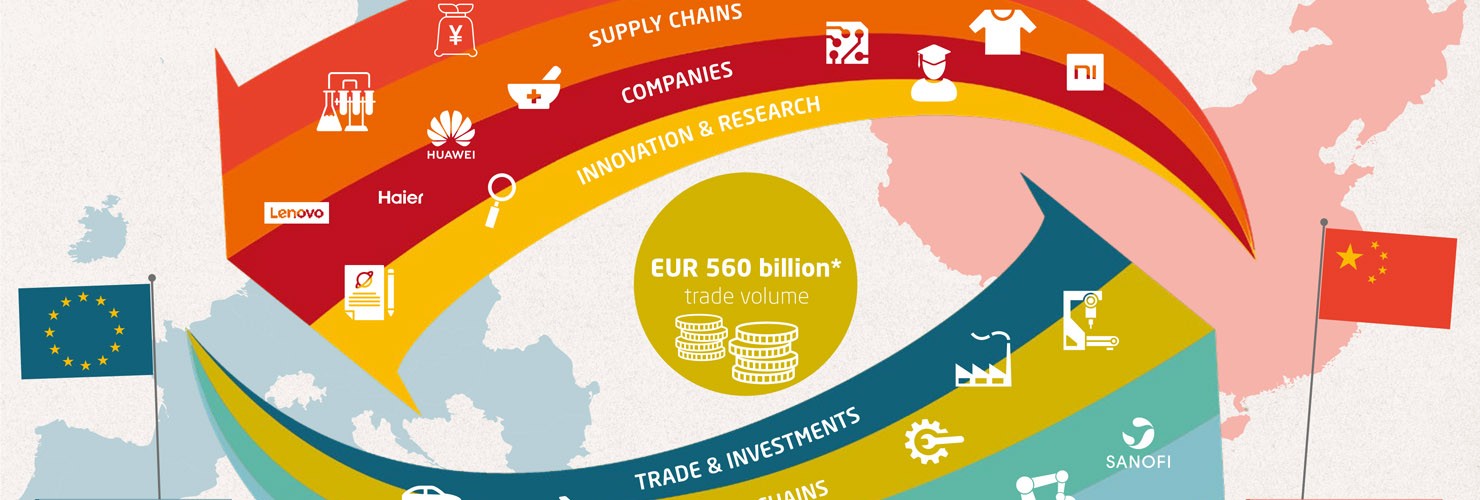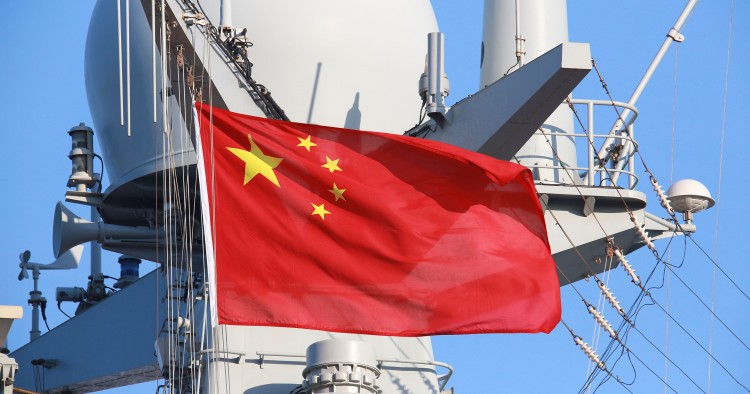ZORAWAR DAULET SINGH

For the past decade, Western security commentaries have portrayed India as a natural member of East Asia’s political life. The impetus for this narrative began in November 2010 when President Barack Obama, in his address to a joint session of Parliament, urged India’s lawmakers to ‘not only “look East” but “engage East”’. In the ensuing years, American diplomats have prodded India towards a ‘Be East’ policy, perhaps reflecting impatience with the pace of India’s Pacific rendezvous.
India, in fact, elected to look East back in the early 1990s, long before Washington’s courting began. And simply because the West has been encouraging this, does not mean that India should do the opposite. However, what India’s political and strategic community should debate is a geostrategy that is consistent with the geopolitical context of South Asia.
It can be argued that by diverting India’s geostrategic attention eastwards, Washington has been attempting to re-orient Indian threat perceptions away from Pakistan. And it is not difficult to discern why. Drawing India’s strategic focus away from the subcontinent would enable Washington to maintain its South Asia policy of increasing investments in both India and Pakistan without their bilateral contradictions undermining its regional strategy. This pattern recurred throughout the Cold War, and continues to be a potential nuisance to US foreign policy.














